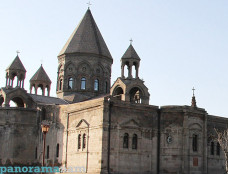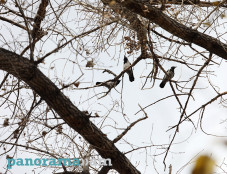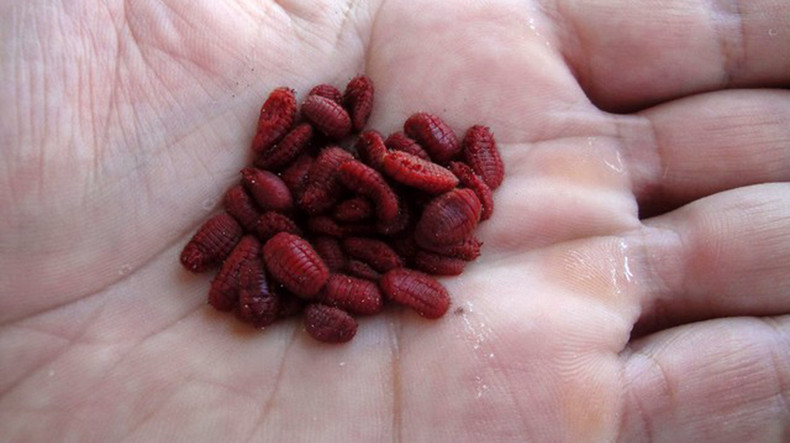
Why should UNESCO list Armenia’s Vordan Karmir as intangible cultural heritage
There are no plans to submit an application to UNESCO to include Armenia’s Vordan Karmir dye in its list of Intangible Cultural Heritage, the Ministry of Education, Science, Culture and Sport said in response to an inquiry of Panorama.am.
The ministry also said that that under government Decision No. 130 of February 21, 2019, which proposes amendments to Decision No. 36 of January 20, 2011, Vordan Karmir has been included in the list of intangible cultural heritage needing immediate protection in Armenia.
As for submitting new applications for the UNESCO World Heritage List, the ministry said priority is given to the monuments included in the country's initial list and in this context, measures are being taken to have UNESCO include those monuments in its list.
There is a second and more important issue here than submitting Vordan Karmir to UNESCO. The problem is that the Vordan Karmir reserve created in Armenia in 1987 fails to function properly. It is not separated, with flocks smashing the only plant where the worm of Vordan Karmir lives. Anyone without reverence and self-control can easily enter the reserve and collect the worms. And the fact that it has actually functioned as a reserve and preserved is testified by the half-dilapidated structures and posters of the Soviet period.
Vordan Karmir dye extracted from the Araratian cochineal worm was considered the best in ancient times. The worm is included in Armenia’s Red Book, facing extinction. Armenia took pride of its dye for centuries. Vordan Karmir was famous throughout the world. Often remote countries used the name of the dye to refer to Armenia. The Bible mentions that Noah’s descendants wore garments colored with a red dye made from the scale bug. Records of Sargon II that dated to 714 BC make note of the precious crimson fabrics had been taken from the country around Ararat as trophies of war. The dye was used by the kings and high priests alike to seal their most important documents. Ancient physicians also took advantage its medicinal qualities: soothing temperatures, antiseptic for wounds, and for contraception. The textiles made with Armenian crimson were highly valued in Greece and Rome alike. The beauty queens of the time had many cosmetic uses for the bug.
From a much later period, there is some evidence that Stradivarius and Leonardo Da Vinci used the Armenian dye, and that Rembrandt tried to acquire Vordan Karmir as well.
Armenia ratified UNESCO Convention for the Safeguarding of the Intangible Cultural Heritage (2003) in 2006 and, until now the organization has included five Armenian elements in its intangible cultural heritage list – the traditional Armenian bread “lavash”, the Armenian duduk, the khachkar (Armenian cross stones), the Armenian national epic "David of Sassoun" and the traditional Armenian group dance “Kochari”.
Photos by Vahe Martirosyan
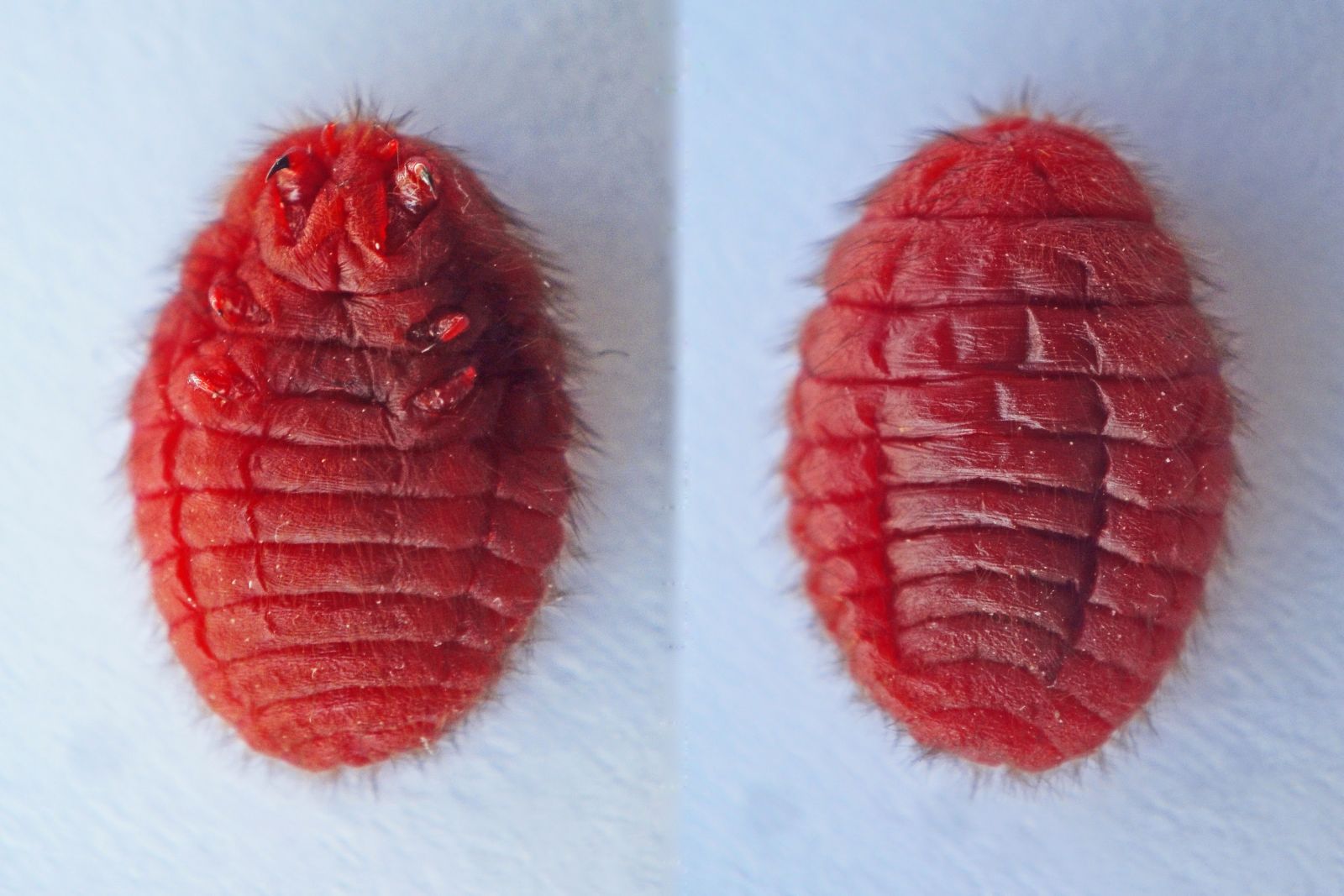
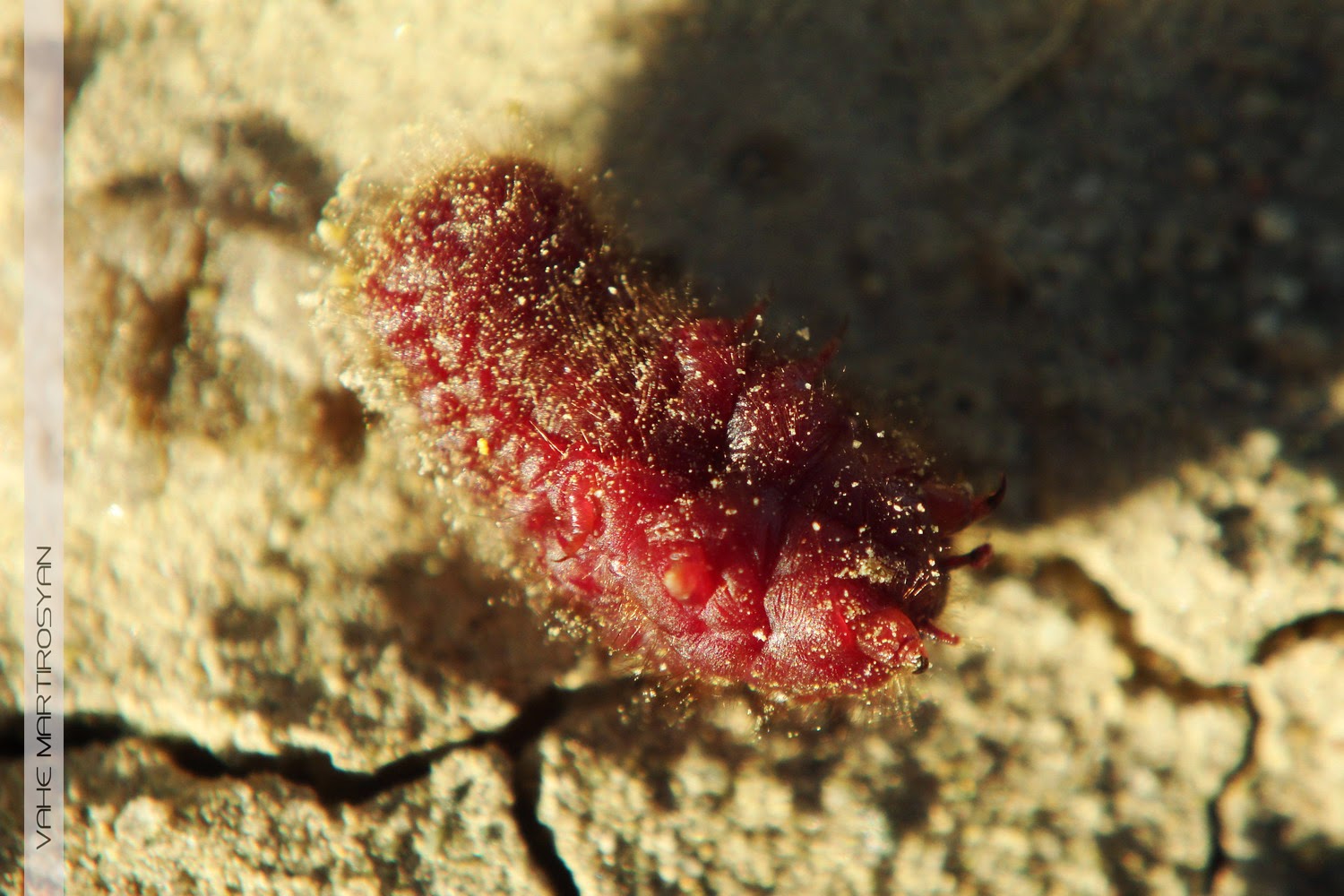
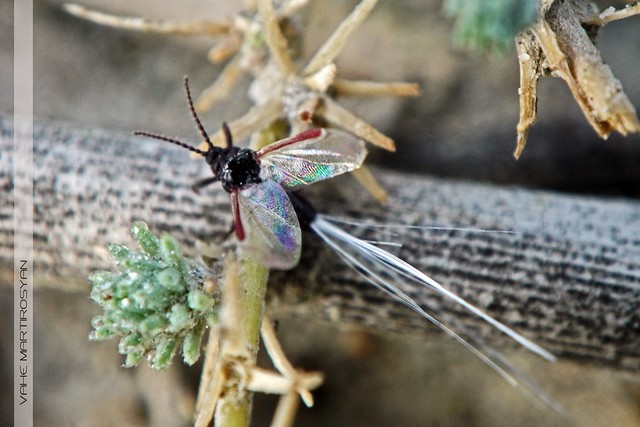
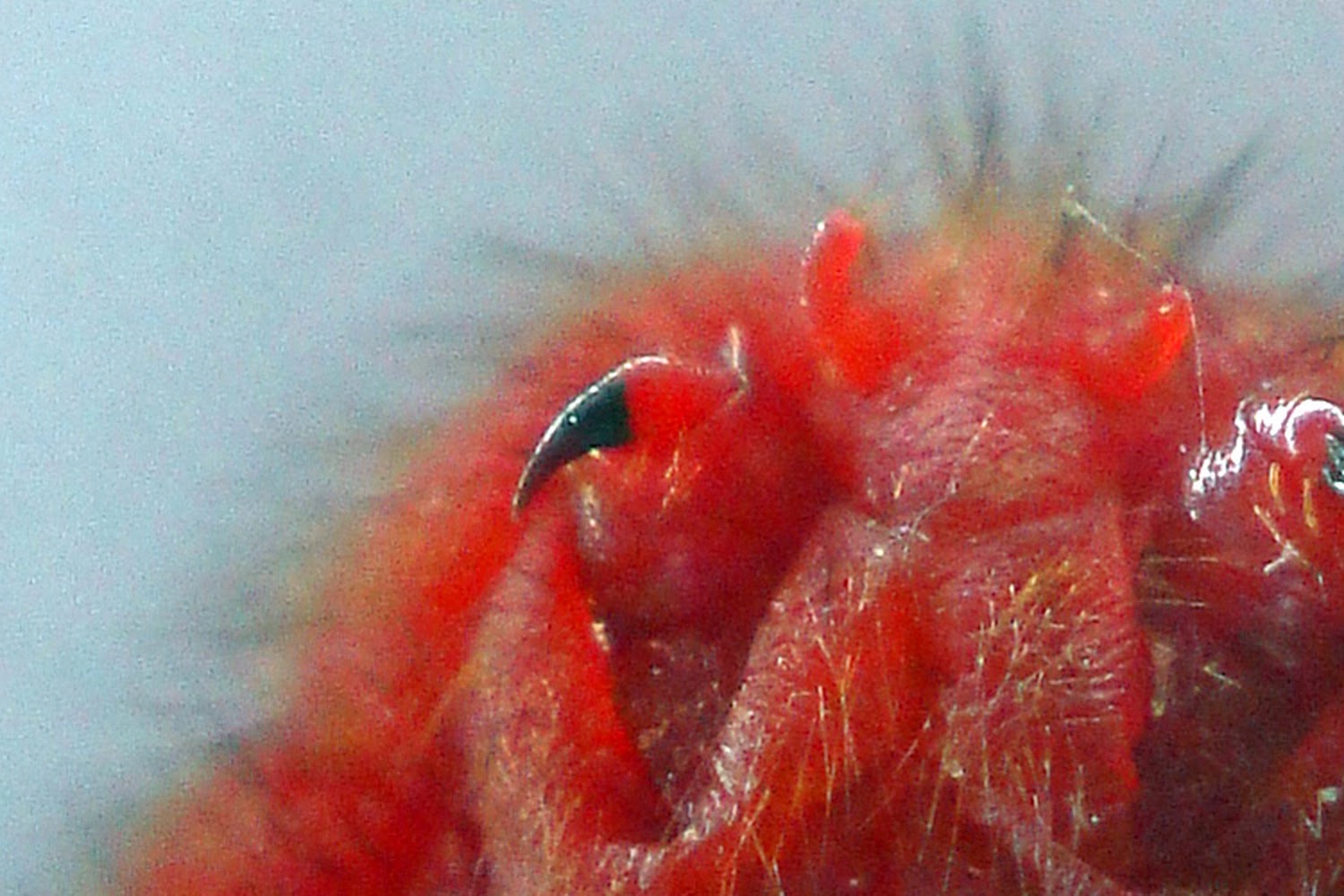
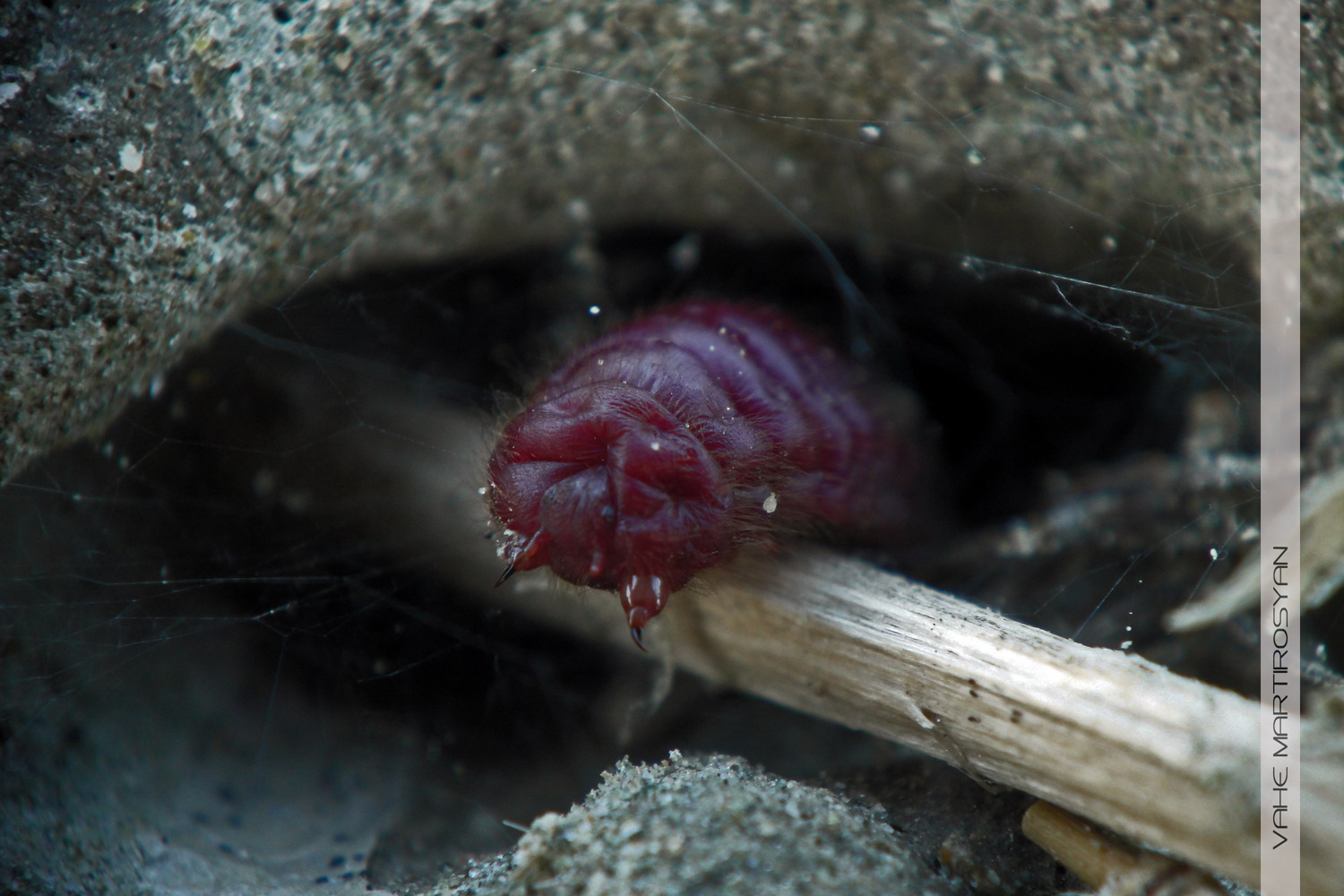
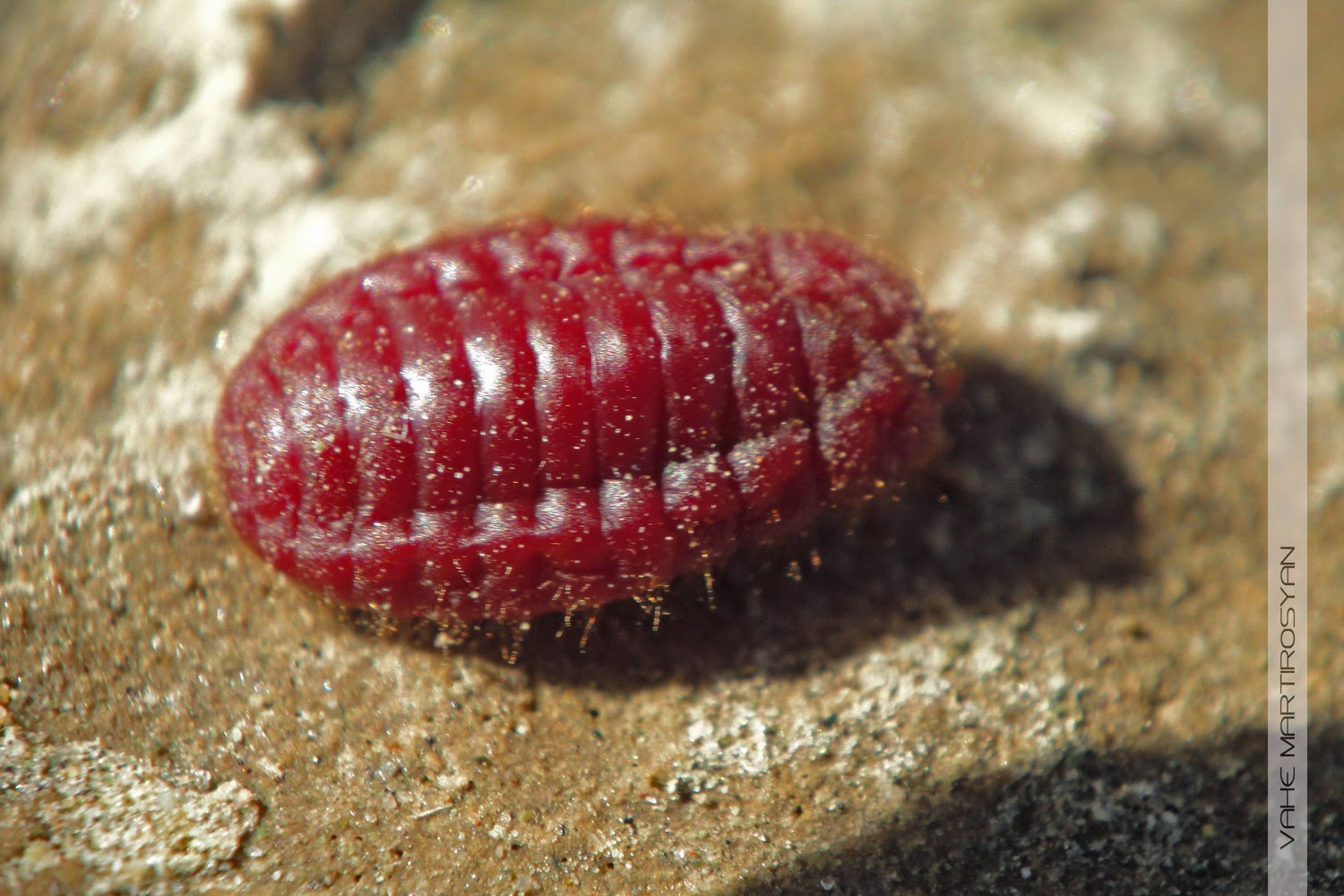
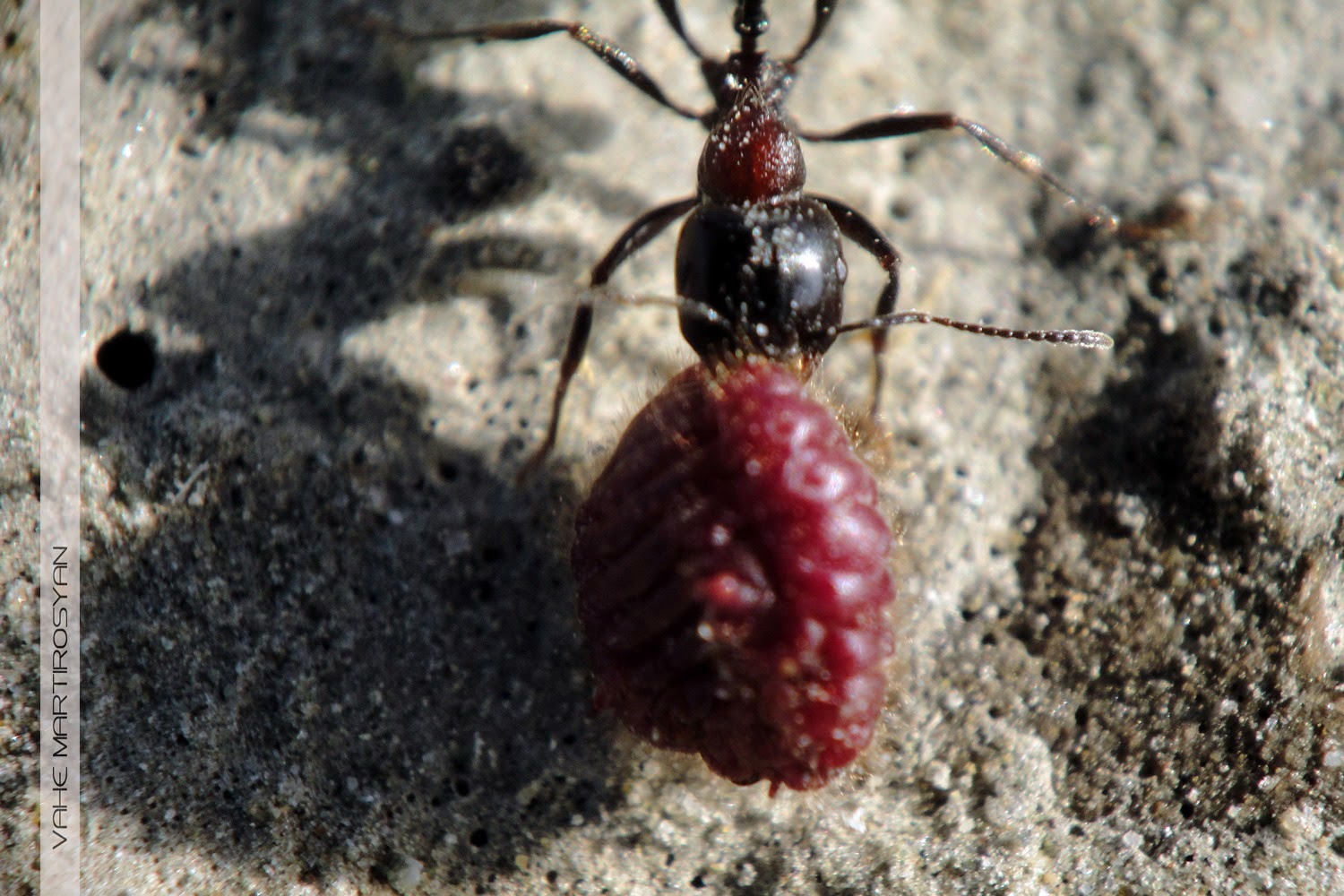
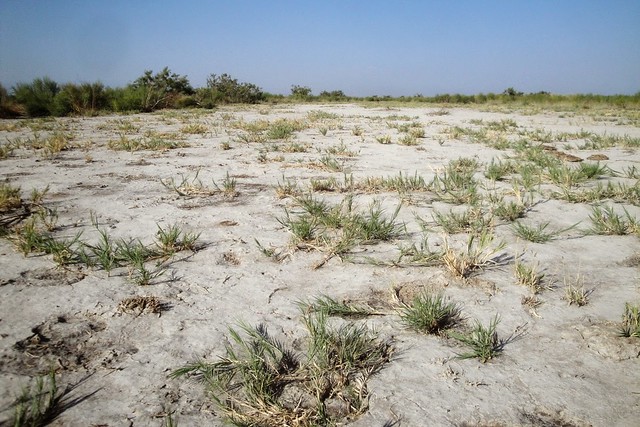
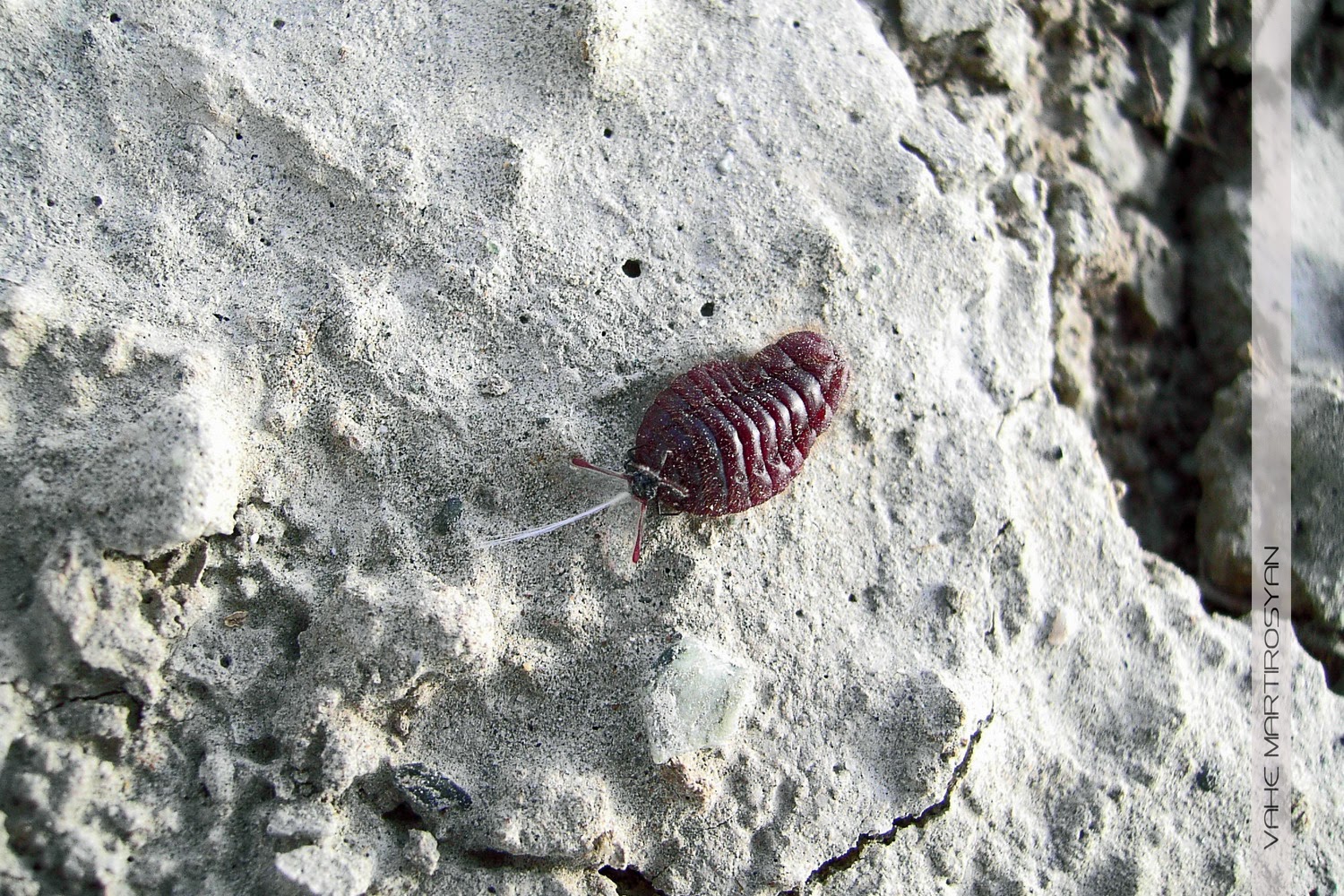
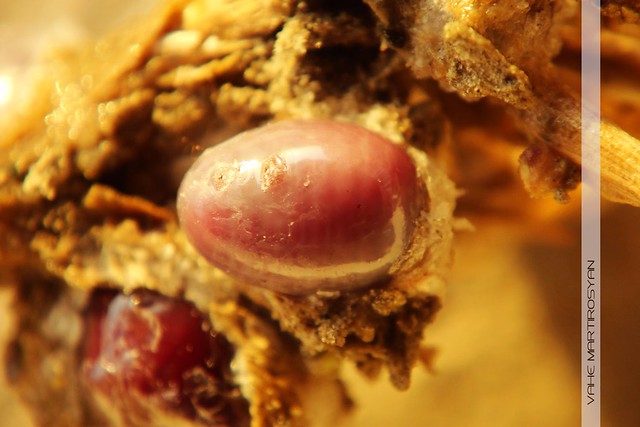
Newsfeed
Videos














